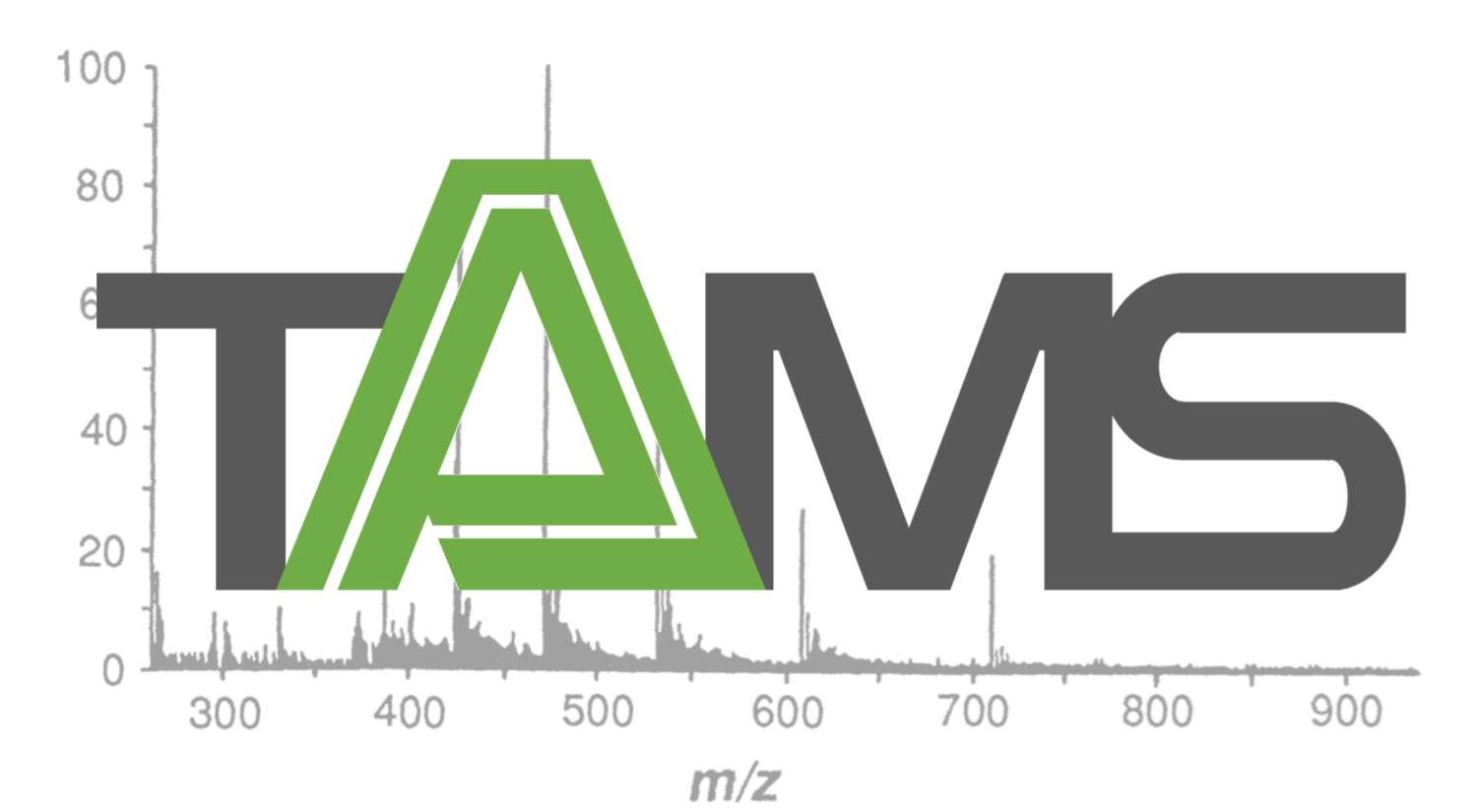Plenary Lecture:
“Structure Identification Approaches using the US EPA CompTox Chemicals Dashboard to Support Mass Spectrometry Analyses”
Dr. Antony Williams, EPA Center for Computational Toxicology and Exposure
High resolution mass spectrometry (HRMS) and non-targeted analysis (NTA) are utilized to identify emerging contaminants and chemical signatures of interest detected in various media. At the US Environmental Protection Agency the CompTox Chemicals Dashboard (https://comptox.epa.gov/dashboard) is an open chemistry resource and web-based application containing data for ~900,000 substances and supports non-targeted and suspect screening analyses. Searching functionality includes identifier searches (e.g. systematic names, trade names and CAS Registry Numbers), mass and formula-based searches and prototype developments include combined substructure-mass/formula searches and searching experimental mass spectral data against predicted fragmentation spectra. A specific type of data mapping in the database uses “MS-Ready” structures, a way to process all registered substances to separate multi-component chemicals into their individual components, removal of stereochemical bonds and desalting and neutralization. This MS-Ready processing supports batch-searching using either mass or formulae to identify candidate chemicals and their mapped substances. A number of chemical lists (https://comptox.epa.gov/dashboard/chemical_lists) have also been developed to support specific applications including the identification of chemicals in human breath (i.e. the volatilome), chemicals in human media (i.e. blood, saliva), and in water. Specific chemical lists including PFAS (Per- and polyfluoroalkyl substances) chemicals and toxins (i.e. microcystins and cyanotoxins). This presentation will provide an overview of how the CompTox Chemicals Dashboard supports structure identification and non-targeted analysis at the US-EPA and a review of present research activities utilizing the dashboard. This abstract does not necessarily represent the views or policies of the U.S. Environmental Protection Agency.
Student Lecture:
“IR-MALDESI Mass Spectrometry Imaging: Fundamentals and Applications”
Sitora Khodjaniyazova, Laboratory of Professor David Muddiman, North Carolina State University, Department of Chemistry
One of the main advantages of mass spectrometry imaging (MSI) over conventional imaging systems available in hospitals today (e.g., MRI, PET, X-ray, ultrasound, etc.) is the sensitivity, accuracy, and capability of detecting more than a thousand molecules (both known and unknown) simultaneously. Moreover, some MSI platforms allow for absolute quantification of endogenous and exogenous molecules. Even though there is a myriad of commercial and home-built MSI systems available today, improvements are still necessary for MSI to progress toward routine clinical applications. In the Muddiman Laboratory, I have been working with infrared matrix-assisted laser desorption electrospray ionization (IR-MALDESI), one of the newest non-commercial MSI platforms. IR-MALDESI is an ambient ionization source that uses IR laser to desorb neutral species from a sample followed by ionization in orthogonal electrospray. One of the key characteristics of IR-MALDESI source is that exogenous ice is the only matrix used during analyses. My projects so far have been focused on the development of novel MSI methods and characterization of IR-MALDESI source to improve the quality of biological MSI.
